Flying with your dog can be stressful, especially if your furry friend tends to get anxious. New environments, loud noises, and long periods in a confined space can make even the calmest dogs uneasy.
However, with the proper preparation, training, and accessories, you can make the flight more comfortable for your dog. In fact, studies show that dogs are adaptable to air travel and recover well from the stress of travel. This guide covers everything you need to know to keep your dog calm during air travel, from training tips to supplements and accessories.
Quick Checklist: Dog Travel Essentials
- Approved travel carrier
- Calming supplements (e.g., CBD, L-theanine)
- Pheromone sprays or calming collars
- Favorite blanket or toy
- Water and a collapsible bowl
- Long-lasting chews or puzzle toys
- Travel-size calming bed
- Waste bags and pet relief supplies
Pre-Flight Preparation
1. Visit Your Vet
Before flying, schedule a vet visit to ensure your dog is healthy enough to travel. Some airlines require a health certificate, so make sure to get this done within 10 days of the flight. Ask your vet about calming supplements or medications, especially if your dog gets anxious during thunderstorms or car rides.
2. Choose the Right Carrier
Pick a travel carrier that meets airline rules and is big enough for your dog to stand, turn around, and lie down comfortably. Introduce the carrier well in advance. Leave it open at home with treats, toys, or their favorite blanket inside so your dog gets used to it.
Example: Sarah set up Max’s carrier in the living room a few weeks before the flight. She placed his favorite toy inside and praised him whenever he went in on his own. By the time they flew, Max saw the carrier as a safe space.
3. Get Your Dog Used to Airport Sounds
Airports are loud and full of unfamiliar noises. To prepare your dog, try playing recordings of airport sounds (like crowd noise) at home. Start at a low volume and gradually increase it. Pair this with treats or playtime to help your dog build positive associations with these noises.
Training Tips for Calm Air Travel
1. Crate Training
Start crate training your dog early. This helps them get comfortable in the carrier. Place them in the crate for increasing amounts of time, rewarding calm behavior with treats or praise. The goal is for your dog to see the crate as their safe zone.
Tip: Practice taking your dog on car rides in their carrier to simulate the experience of traveling.
2. Desensitization to Travel
You can also train your dog to feel calm in busy environments. Take them to new places, such as parks or outdoor cafés, where they can be around people and unfamiliar sounds. This helps desensitize them to the environment they’ll encounter at the airport.
3. Teach the “Settle” Command
Teaching your dog to relax on command is helpful for travel. Start by practicing at home. Reward your dog when they lie down calmly or stay relaxed next to you. This will come in handy during boarding and while waiting at the airport.
Example: Sarah trained Max to “settle” by having him lie beside her with a treat. Over time, Max learned to lie down calmly on command, even in noisy or distracting environments.
What to Pack for Your Dog’s Flight
Just like you pack your travel essentials, your dog needs certain items to stay calm and comfortable during the flight.
1. Comfort Items
Bring familiar items to help soothe your dog, such as their favorite blanket, toy, or clothing that smells like you. These familiar scents and textures can reduce anxiety. For example, if your dog loves to cuddle with a specific blanket at home, make sure it’s in their carrier to provide a sense of security during the flight.
2. Treats and Chews
Long-lasting chews or puzzle toys can help keep your dog occupied during the flight. A Kong toy filled with peanut butter or their favorite treat can be a great distraction. Treats can also be used as positive reinforcement for calm behavior throughout the journey.
3. Water and a Travel Bowl
Flying can dehydrate, so bring a collapsible water bowl and some bottled water for your dog. Offer water before the flight and during the journey (if the airline allows) to keep them hydrated. Be sure to check the airline’s rules beforehand to know when and how you can give your dog water during the flight.
Supplements and Calming Aids
There are several calming aids and supplements available that can help reduce anxiety for dogs during flights. Always consult your vet before using any of these products:
1. CBD Oil
CBD oil is popular for calming pets without causing drowsiness. Studies have indicated that CBD may have a relaxing effect on dogs. Some pet owners give their dogs a few drops of CBD oil 30 minutes before a flight to help them relax. However, make sure you’re using a product specifically formulated for dogs, and get your vet’s approval first.
2. L-Theanine and L-Tryptophan
These natural amino acids can promote relaxation without making your dog sleepy. Many calming chews contain these ingredients, which can be given to your dog before the flight to help them stay calm.
3. Pheromone Sprays and Collars
Dog-appeasing pheromone (DAP) sprays and collars mimic the calming pheromones released by mother dogs. One study showed that DAP sprays may reduce anxiety felt by dogs. Spraying your dog’s carrier with a pheromone spray or using a pheromone collar can help reduce anxiety during the flight.
4. Herbal Remedies
Herbal calming supplements containing valerian root, chamomile, or passionflower are another option for dogs that need help relaxing. These ingredients are found in many over-the-counter calming chews designed for dogs.
Accessories to Help Calm Your Dog
In addition to training and supplements, the right accessories can make a big difference in keeping your dog calm during the flight.
1. Calming Vests
Calming vests, like the ThunderShirt, apply gentle pressure to your dog’s body. This can have a soothing effect, similar to swaddling a baby. These vests are often used during thunderstorms or fireworks but can also be effective during flights.
2. Noise-Canceling Headphones or Ear Muffs
For dogs sensitive to loud noises, pet-specific ear muffs or noise-canceling headphones can help reduce stress from the loud environment of an airport or airplane.
3. Travel-Sized Calming Beds
If your dog loves curling up in their bed at home, bring a travel-sized calming bed on the flight. These soft, cozy beds can help your dog feel more secure by providing a familiar resting space.
During the Flight
Once you’re on the plane, you can do a few key things to keep your dog comfortable and calm.
1. Keep the Carrier Comfortable
Add a soft blanket or familiar item to ensure your dog’s carrier is cozy. If possible, keep the carrier close to you under the seat so your dog can hear your voice and feel reassured.
2. Offer Distractions
Give your dog a chew toy or puzzle toy filled with treats to keep them busy during the flight. Offering small treats throughout the flight for calm behavior can also help to keep your dog engaged and relaxed.
3. Use Calming Aids as Needed
If you’re using calming supplements or products, follow the vet’s directions and administer them before the flight. Calming sprays, collars, or vests can also help relax your dog during the journey.
After the Flight
Once you’ve landed, give your dog time to adjust to their new surroundings.
1. Let Your Dog Stretch and Relax
After the flight, take your dog to a quiet area where they can stretch, relieve themselves, and unwind. Offer them water and give them time to settle before heading to your destination.
2. Watch for Signs of Stress
Keep an eye out for signs of stress, such as panting, pacing, or refusing to eat. If your dog seems overly anxious, allow them some quiet time to recover, and consult a vet if needed.
Flying with your dog doesn’t have to be a stressful experience. With proper preparation, training, and the right calming aids, you can help your dog stay calm and comfortable during the flight. By crate training, using calming supplements, packing comforting accessories, and keeping your stress levels in check, you can make flying with your dog a more peaceful experience for both of you.
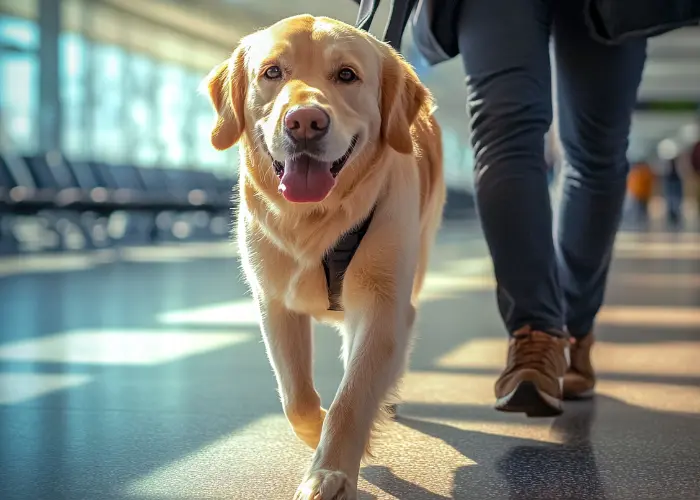
FAQ: Common Questions about Flying with Dogs
How do I know if my dog is too anxious to fly?
If your dog shows extreme anxiety during car rides, is prone to motion sickness, or exhibits signs of severe stress like excessive panting or whining, consult your vet before flying. They may suggest behavioral training or alternatives to air travel.
Can I feed my dog before the flight?
Avoid feeding your dog a large meal right before the flight, as this could lead to an upset stomach. Instead, feed them a few hours before departure and offer small treats during the flight.
How long can a dog stay in a carrier?
Most airlines require your dog to stay in the carrier for the duration of the flight. To prepare your dog, practice having them spend time in the carrier for extended periods at home. On long flights, consider layovers where your dog can stretch and relieve themselves at pet relief areas. It’s also important to check with your airline for their specific policies on pet care during long flights.
What if my dog starts barking or whining on the plane?
If your dog becomes vocal during the flight, try to soothe them with calming words or gentle touches through the carrier. Offering a chew toy or treat can also help distract them. If they continue to bark or whine, using a calming spray or other approved calming aids can help. For dogs prone to this behavior, crate training and desensitization before the trip are crucial to minimizing in-flight stress.
What is the best way to help my dog adjust to time zone changes?
If you’re traveling across time zones, help your dog adjust gradually by slowly shifting their feeding and walking schedule a few days before the trip. Upon arrival, try to stick to their routine as much as possible and make sure they get plenty of outdoor time, exercise, and regular meals to help them adjust to the new schedule.
Should I book a direct flight, or is a layover better for my dog?
A direct flight is generally less stressful for dogs, as it reduces their time in transit. However, for very long flights, a layover can give your dog a chance to stretch, relieve themselves, and relax. Choose airports with pet relief areas if you opt for a layover.
Can I give my dog human anxiety medication for the flight?
No, you should never give your dog human medication unless explicitly prescribed by a veterinarian. Medicines meant for humans can be dangerous or even deadly for dogs. Instead, talk to your vet about dog-safe calming supplements or prescription sedatives explicitly designed for pets.
How do I handle flight delays with my dog?
Flight delays can be tricky when traveling with a dog, especially if they’ve already been in the carrier for a while. If your flight is delayed, find a pet relief area in the airport where your dog can stretch and relieve themselves. Offering them water and a small snack can help keep them comfortable. Keep your dog close to you and provide comfort during extended waiting periods.
What if my dog has never flown before?
If your dog is flying for the first time, preparation is key. Start by familiarizing them with their carrier and take them on short car rides to simulate the travel experience. Bring their favorite toys, blanket, or anything that offers comfort. During the flight, reassure them with calming words and offer treats or chews to keep them occupied.
Do you want to know if you qualify for a Psychiatric Service Dog? Work with a licensed professional online to get a PSD letter
Get the assistance you need to live a fulfilling life!
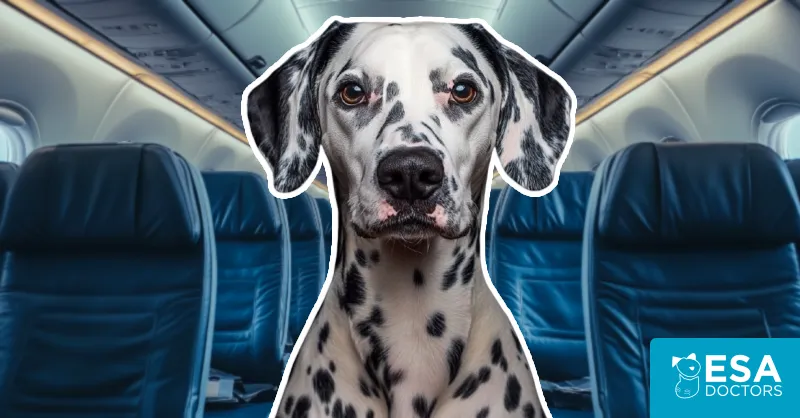
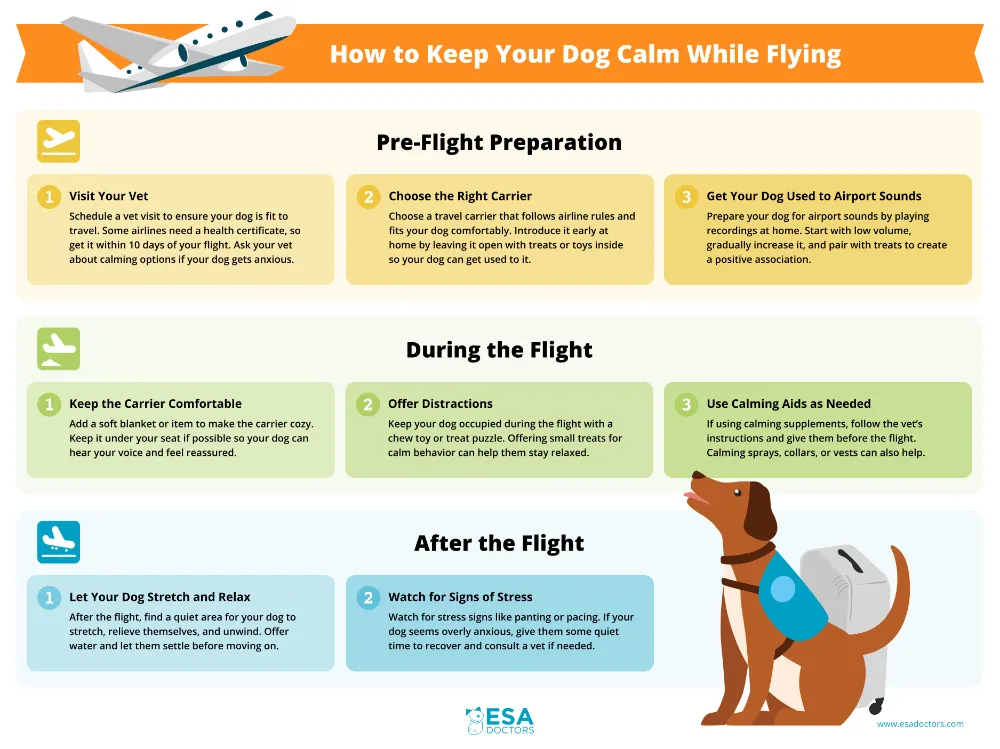

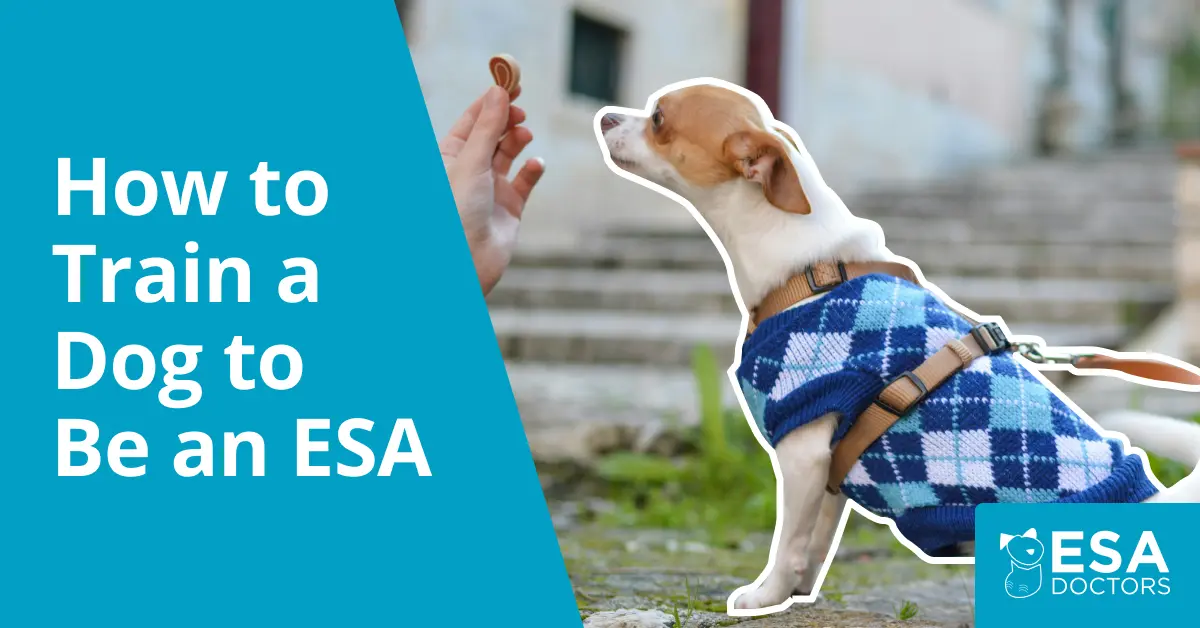
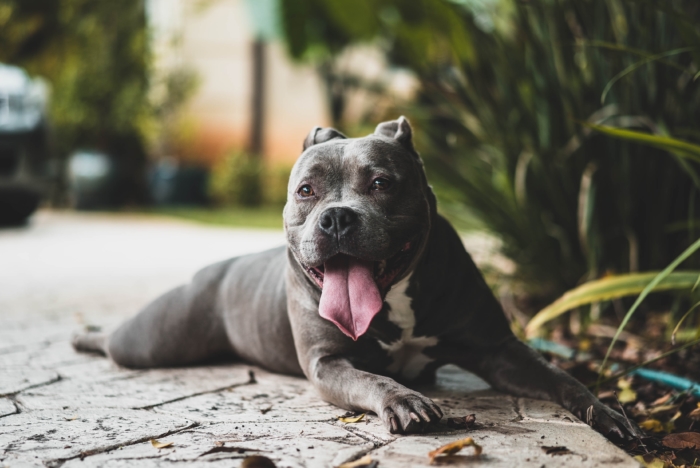
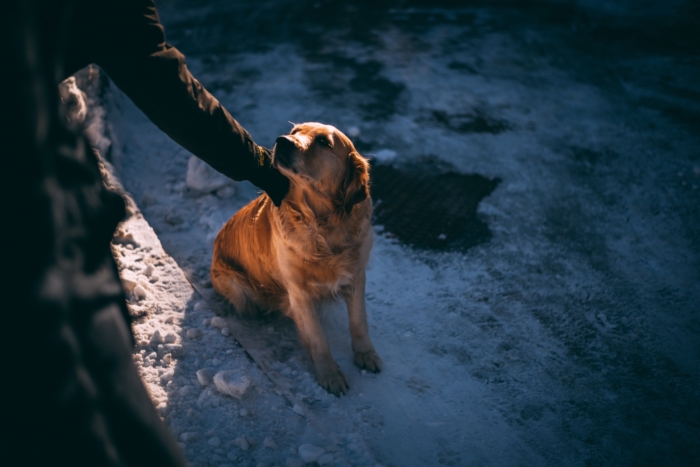
Leave a Comment